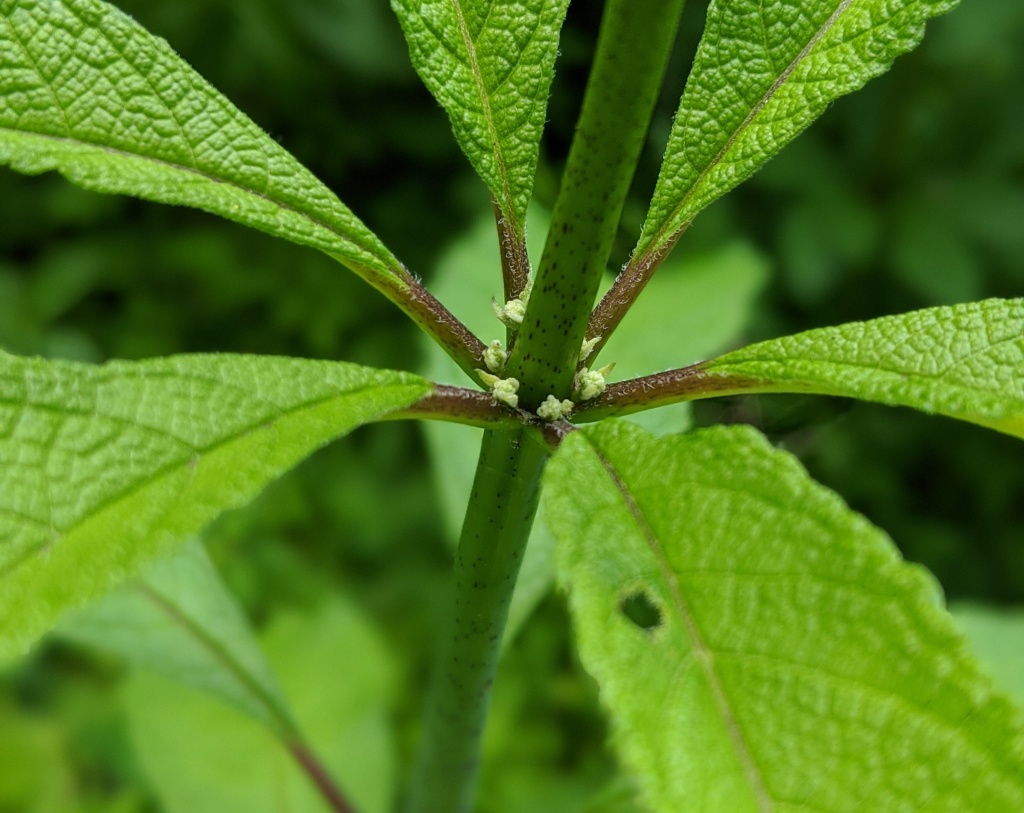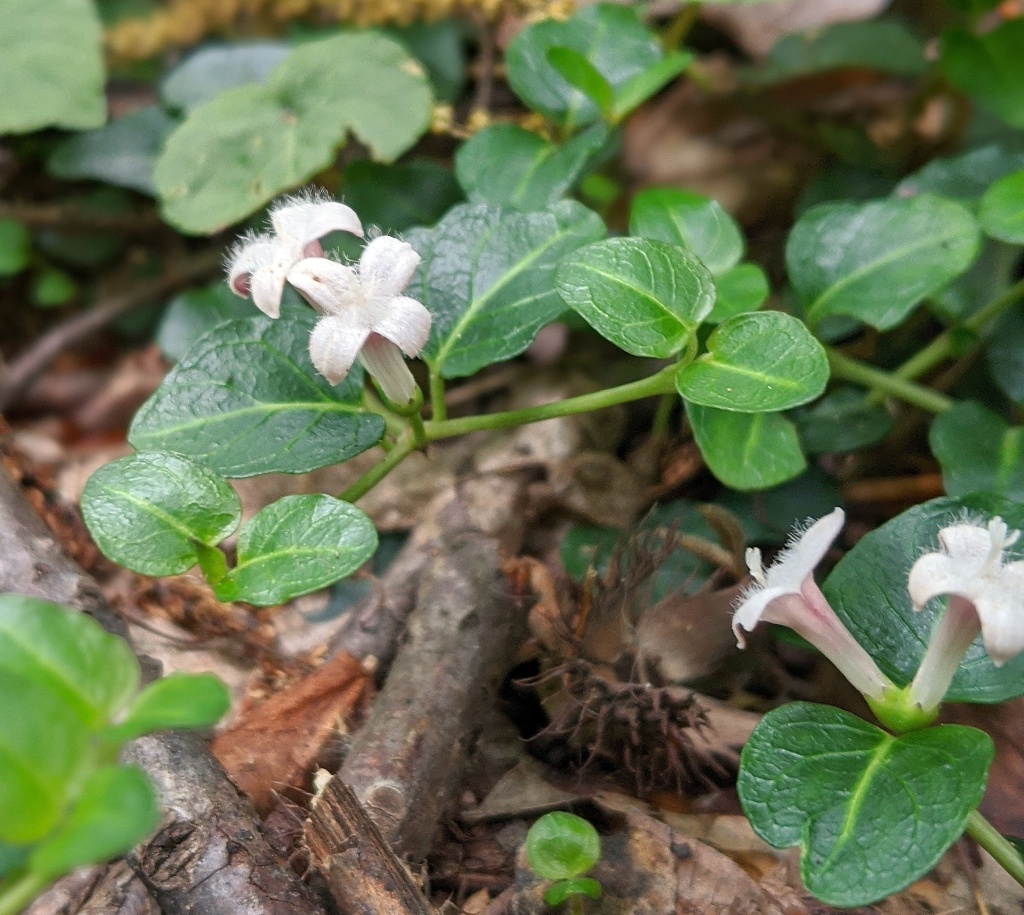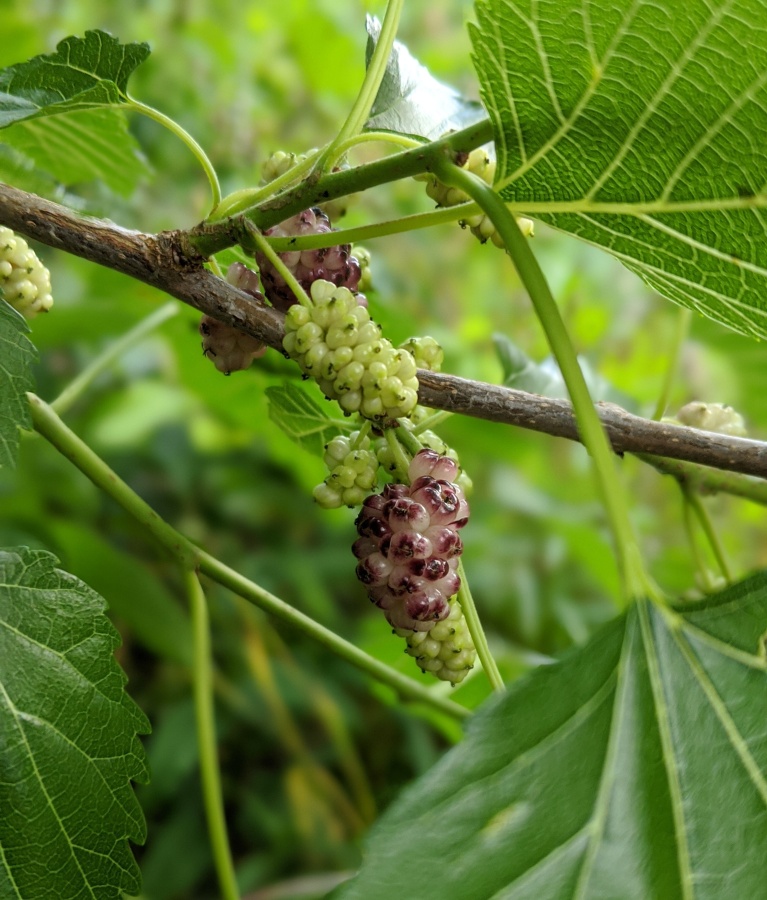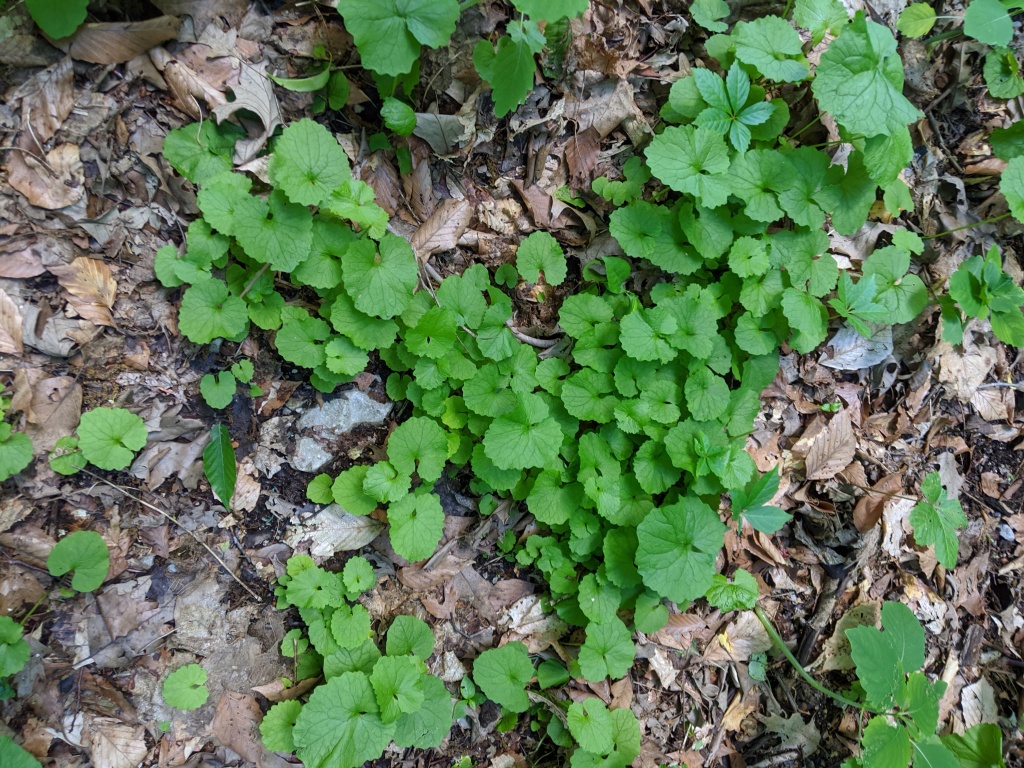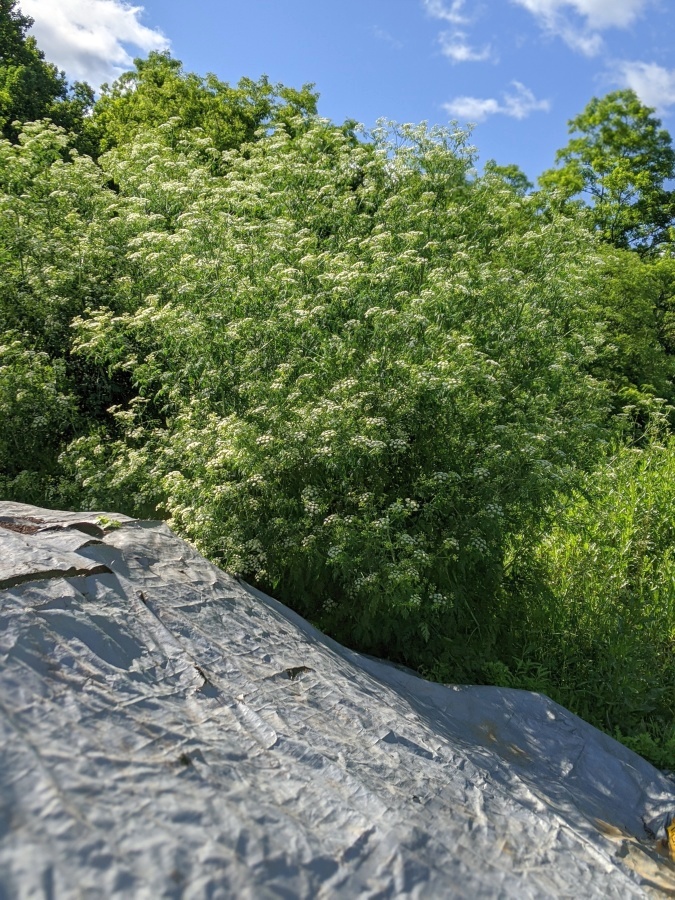
Of course bananas are fruits but did you know they are technically berries? Here’s what a berry is:
In botany, a berry is a fleshy fruit without a stone (pit) produced from a single flower containing one ovary.
— Berry (botany) entry on Wikipedia
Blueberries and strawberries easily fit the definition. You can see their fruits forming from the flowers’ ovaries.

Banana flowers, yellow in the photo below, grow in bunches that bloom as the inflorescence opens.
Each flower becomes a fruit in the bunch.

The lack of a stone — such as a peach pit — does not mean true berries have no seeds. In fact their seeds are often numerous.
Wild bananas have numerous seeds.

But grocery store bananas do not. They were originally cultivated from two naturally occurring seedless species – Musa acuminata and Musa balbisiana.

Our grocery store bananas come from Central America but that’s not where they really come from. The two seedless species are from Indomalaya, first cultivated in Papua New Guinea in 10,000 to 6500 BC.

Learn more cool facts about bananas as berries at Wikipedia: Banana.
(photos from Wikimedia Commons; click on the images to see the originals)







